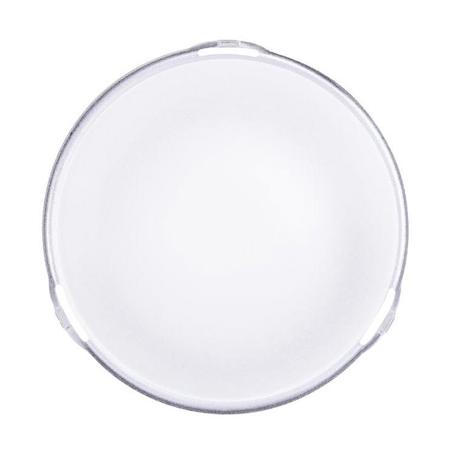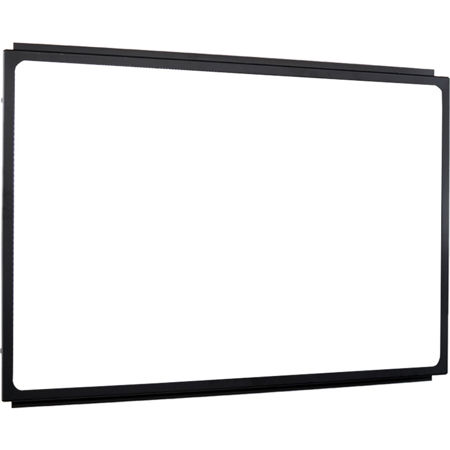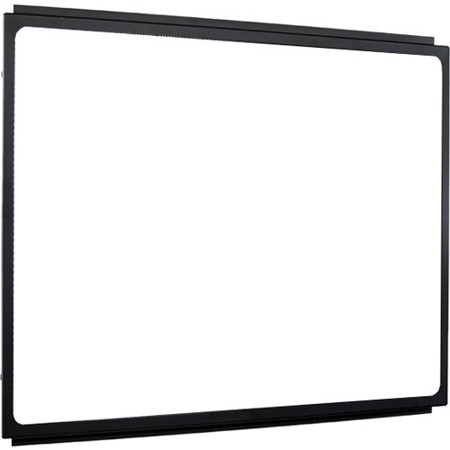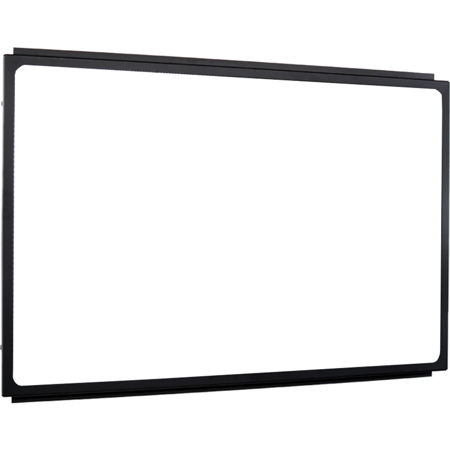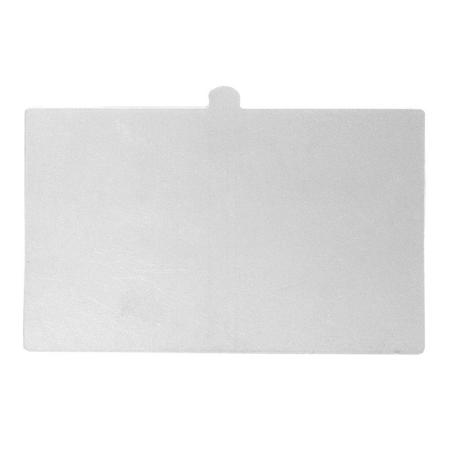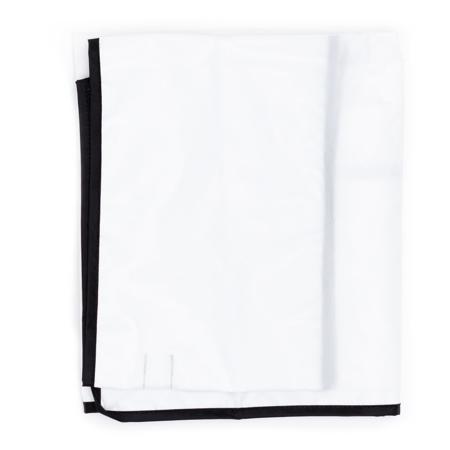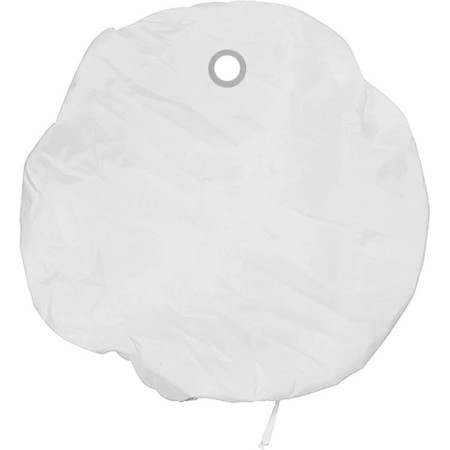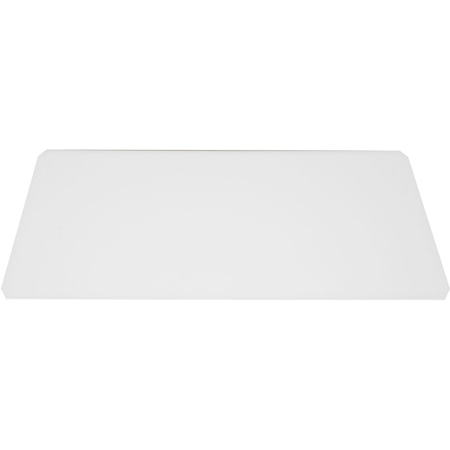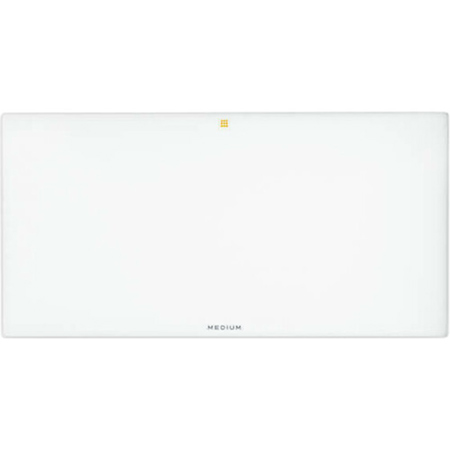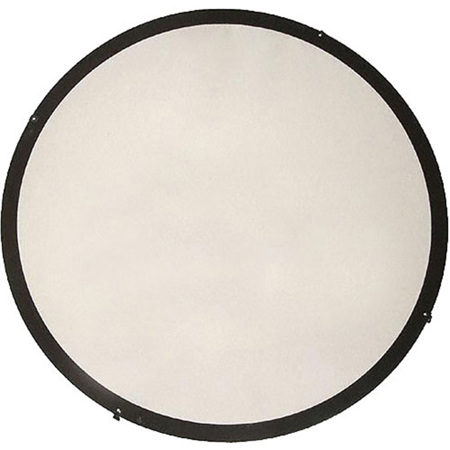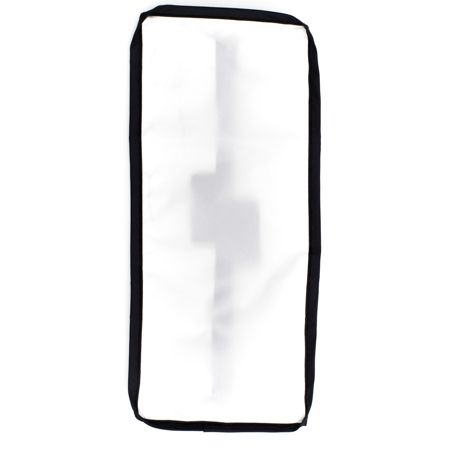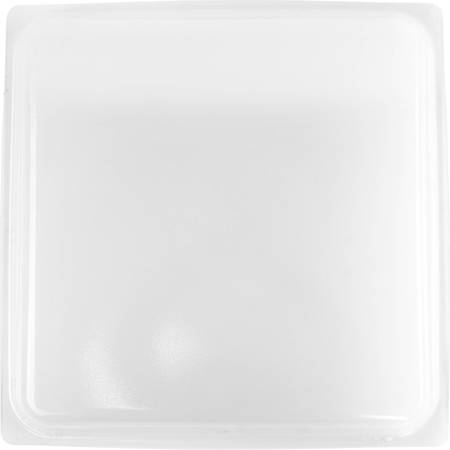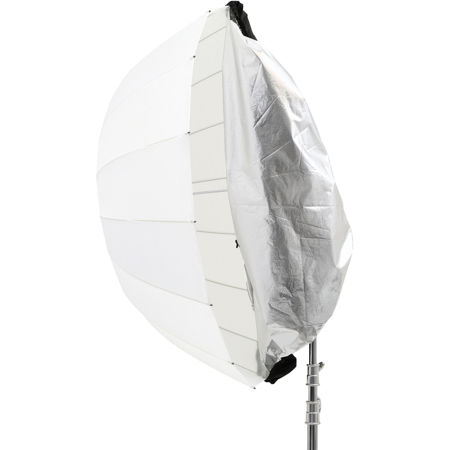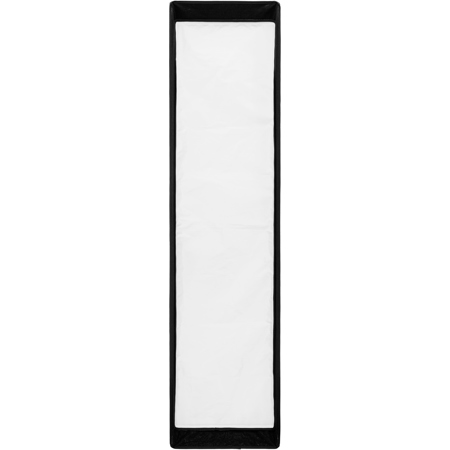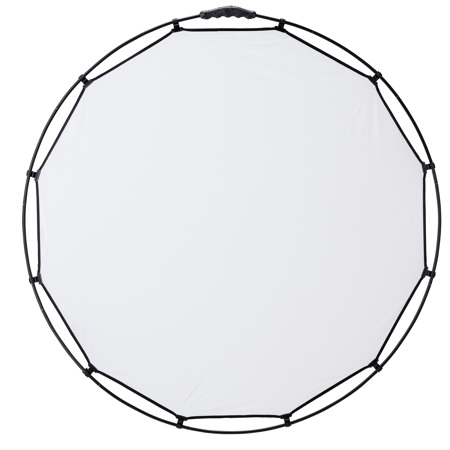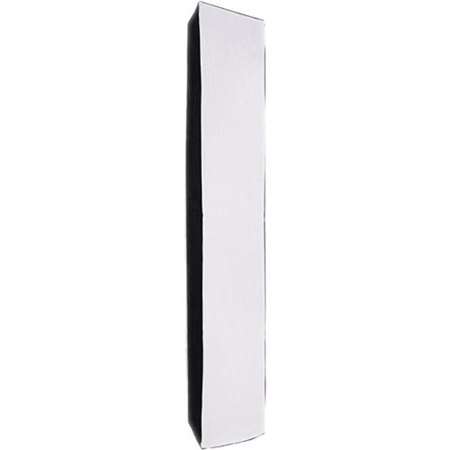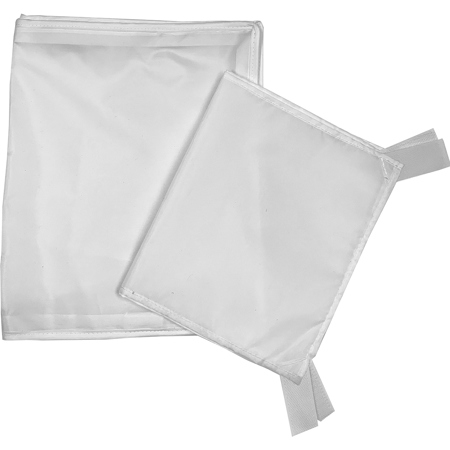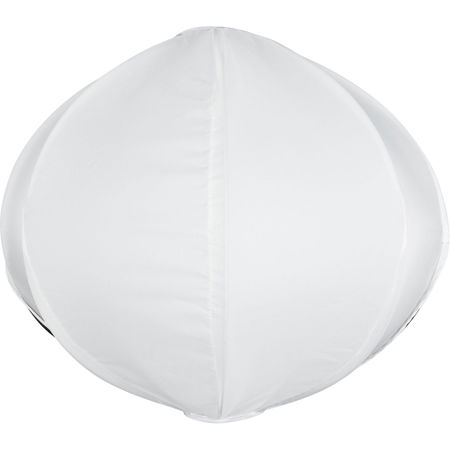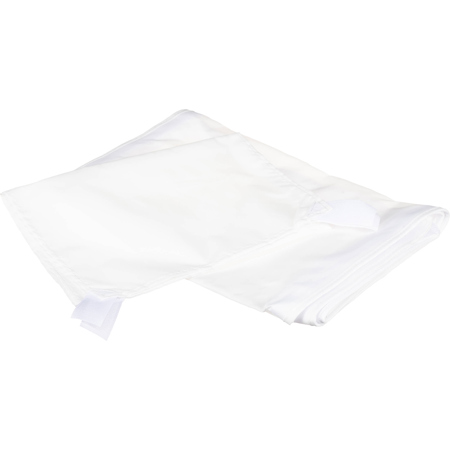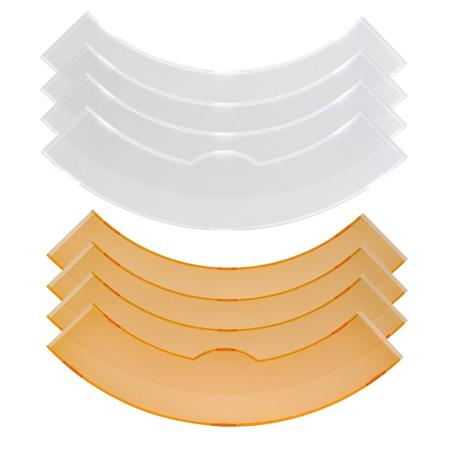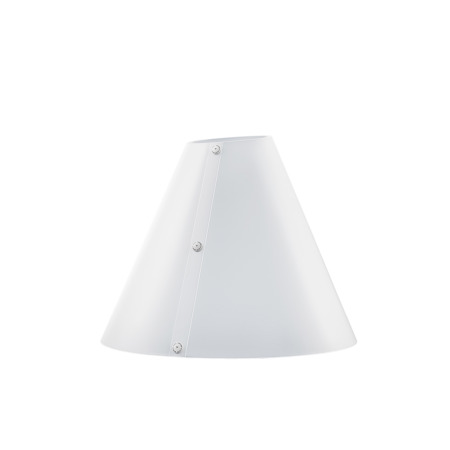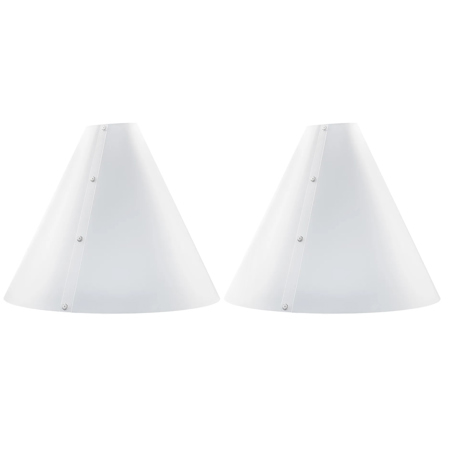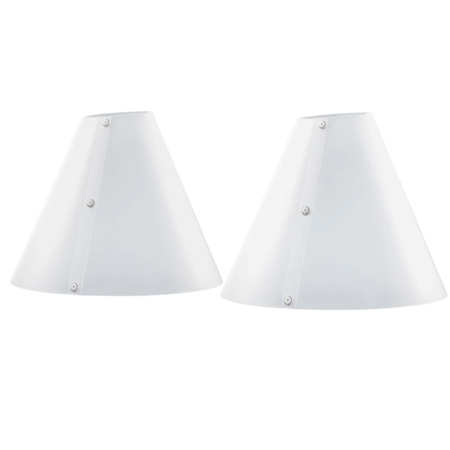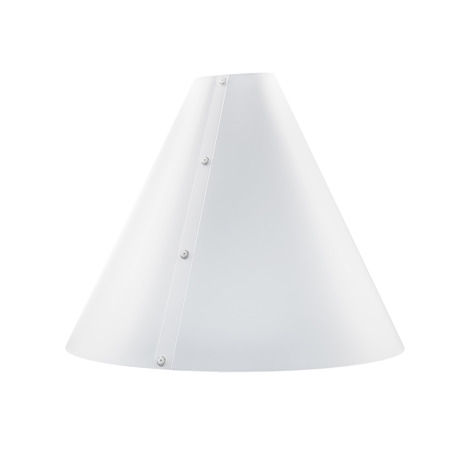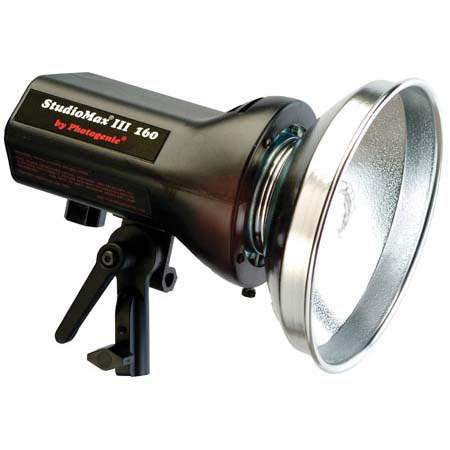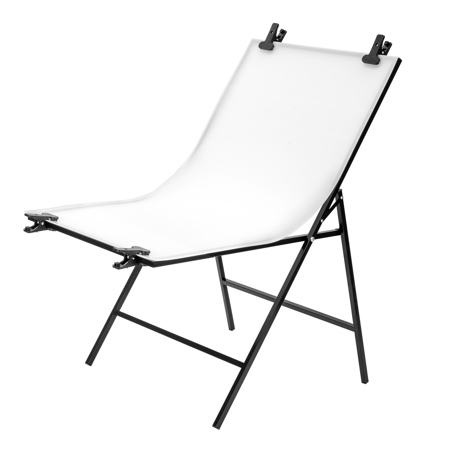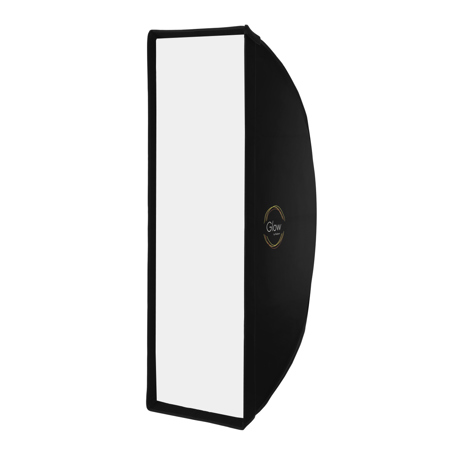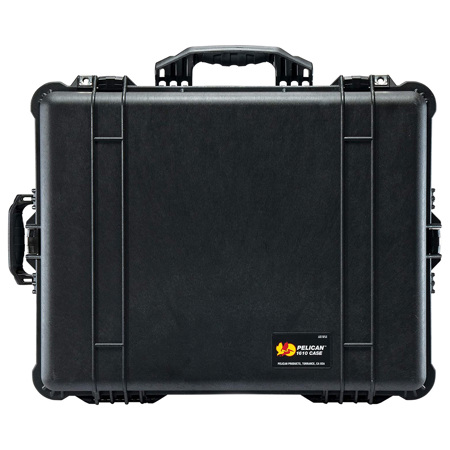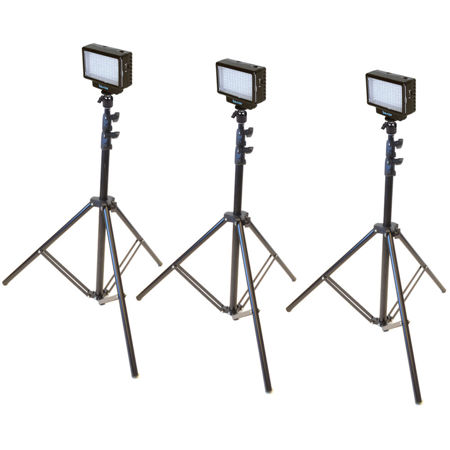Studio Diffusers
In the world of professional audio and music production, the acoustics of your studio space can make or break the integrity of your recordings. Whether you’re an experienced producer, an audio engineer, or a passionate hobbyist assembling a home studio, the proper use of studio diffusers is essential for achieving a balanced, natural sound environment. Unlike absorption panels, which deaden a room by soaking up sound energy, diffusers scatter sound waves in multiple directions. This reduces problematic echoes, standing waves, and comb filtering, resulting in a lively yet controlled acoustic space. The effect is especially crucial in critical listening environments, such as control rooms, mixing suites, and mastering studios, where accurate sound reproduction is non-negotiable. By breaking up direct reflections and dispersing sound evenly, diffusers help create a more immersive, three-dimensional sound field, allowing you to hear your mixes as they truly are. For musicians recording vocals, acoustic instruments, or even podcasts, the addition of diffusers studio panels can mean the difference between a muddy, boxy sound and a clear, open recording that translates well across playback systems.
Selecting the right studio diffusers involves considering both the unique architecture of your space and your sonic goals. Diffusers come in a variety of designs, each engineered to scatter sound waves in specific patterns. Quadratic residue diffusers, for instance, use a mathematically derived sequence of wells and ridges to break up reflections, while two-dimensional “skyline” diffusers scatter sound both horizontally and vertically for a more enveloping effect. Barrel-shaped or curved diffusers provide yet another option, effectively dispersing mid and high frequencies to prevent hotspots and dead zones. Wood is a popular material for its acoustic properties and aesthetic warmth, but other options like molded polymers or hybrid panels that combine absorption and diffusion are also available. Proper placement is just as important as the type of diffuser you choose; rear walls, side walls, and even ceilings can benefit from strategic installation, depending on the room’s dimensions and intended use. Autumn is an ideal time to revisit your studio’s acoustics, as the creative season ramps up and projects move indoors. Upgrading your acoustic treatment with diffusers can be a thoughtful gift for the producer, musician, or podcaster in your life, offering them a tangible improvement in their creative process and the quality of their work.
Studio diffusers are not just for professional recording spaces—they’re equally valuable in home theaters, rehearsal rooms, and even high-end listening rooms where audio clarity is paramount. If you’re building out a new studio or refining an existing one, integrating diffusers alongside other essential Studio Hardware ensures a comprehensive approach to sound management. The right combination of diffusion and absorption creates a room that feels open and natural, without the harsh reflections or dead spots that can compromise your listening experience. Whether you’re tracking a delicate acoustic guitar, mixing a dense electronic arrangement, or enjoying your favorite albums, a well-treated room with carefully chosen diffusers allows every nuance to shine through. Investing in quality studio diffusers is a commitment to your craft, ensuring that the sound you create and the music you love are experienced with the depth, clarity, and realism they deserve.
Selecting the right studio diffusers involves considering both the unique architecture of your space and your sonic goals. Diffusers come in a variety of designs, each engineered to scatter sound waves in specific patterns. Quadratic residue diffusers, for instance, use a mathematically derived sequence of wells and ridges to break up reflections, while two-dimensional “skyline” diffusers scatter sound both horizontally and vertically for a more enveloping effect. Barrel-shaped or curved diffusers provide yet another option, effectively dispersing mid and high frequencies to prevent hotspots and dead zones. Wood is a popular material for its acoustic properties and aesthetic warmth, but other options like molded polymers or hybrid panels that combine absorption and diffusion are also available. Proper placement is just as important as the type of diffuser you choose; rear walls, side walls, and even ceilings can benefit from strategic installation, depending on the room’s dimensions and intended use. Autumn is an ideal time to revisit your studio’s acoustics, as the creative season ramps up and projects move indoors. Upgrading your acoustic treatment with diffusers can be a thoughtful gift for the producer, musician, or podcaster in your life, offering them a tangible improvement in their creative process and the quality of their work.
Studio diffusers are not just for professional recording spaces—they’re equally valuable in home theaters, rehearsal rooms, and even high-end listening rooms where audio clarity is paramount. If you’re building out a new studio or refining an existing one, integrating diffusers alongside other essential Studio Hardware ensures a comprehensive approach to sound management. The right combination of diffusion and absorption creates a room that feels open and natural, without the harsh reflections or dead spots that can compromise your listening experience. Whether you’re tracking a delicate acoustic guitar, mixing a dense electronic arrangement, or enjoying your favorite albums, a well-treated room with carefully chosen diffusers allows every nuance to shine through. Investing in quality studio diffusers is a commitment to your craft, ensuring that the sound you create and the music you love are experienced with the depth, clarity, and realism they deserve.
